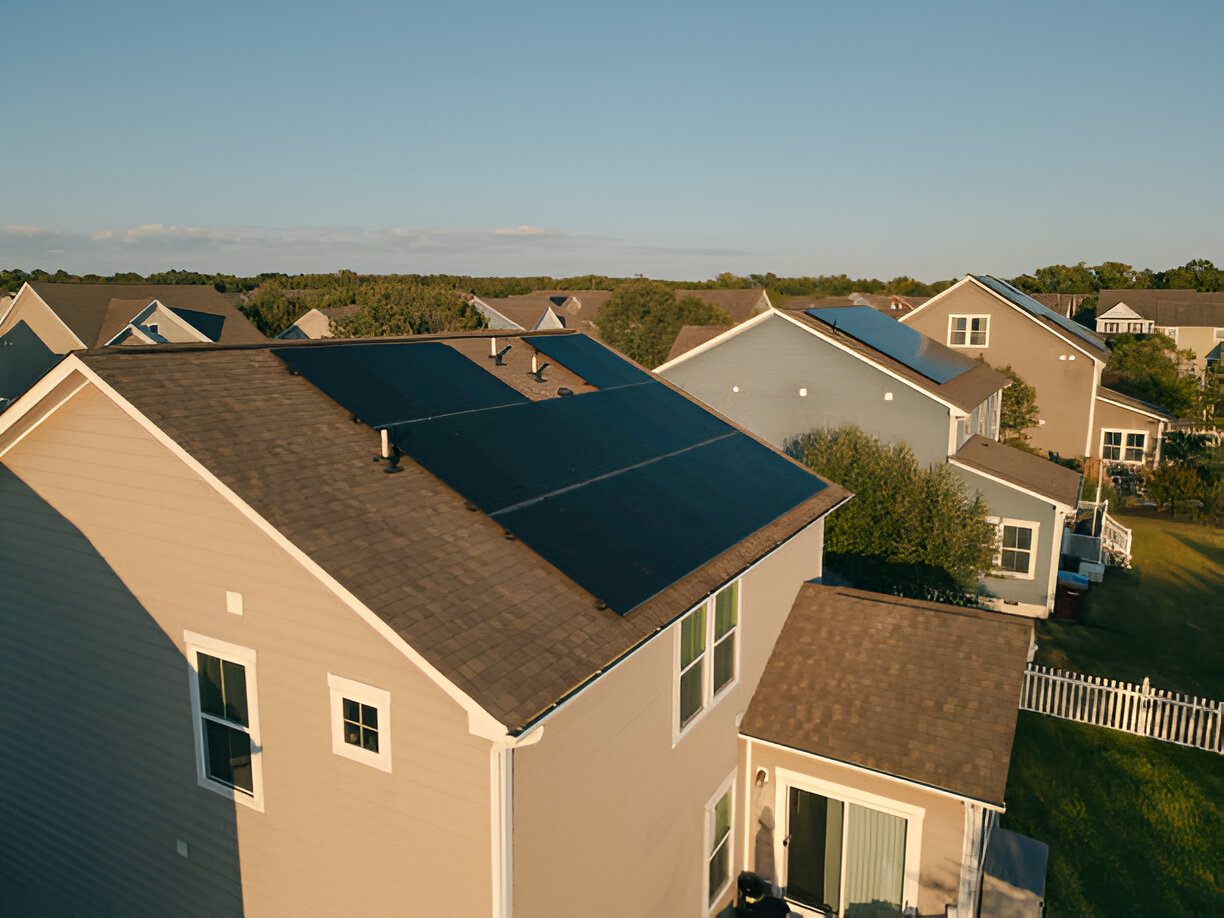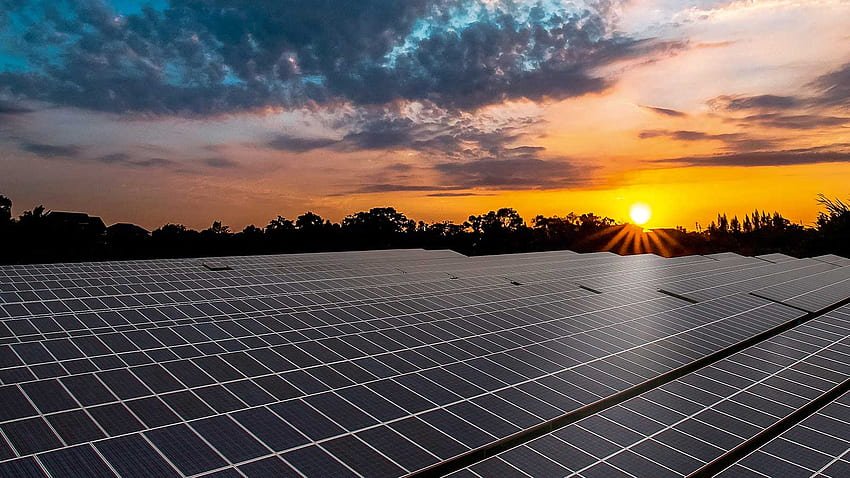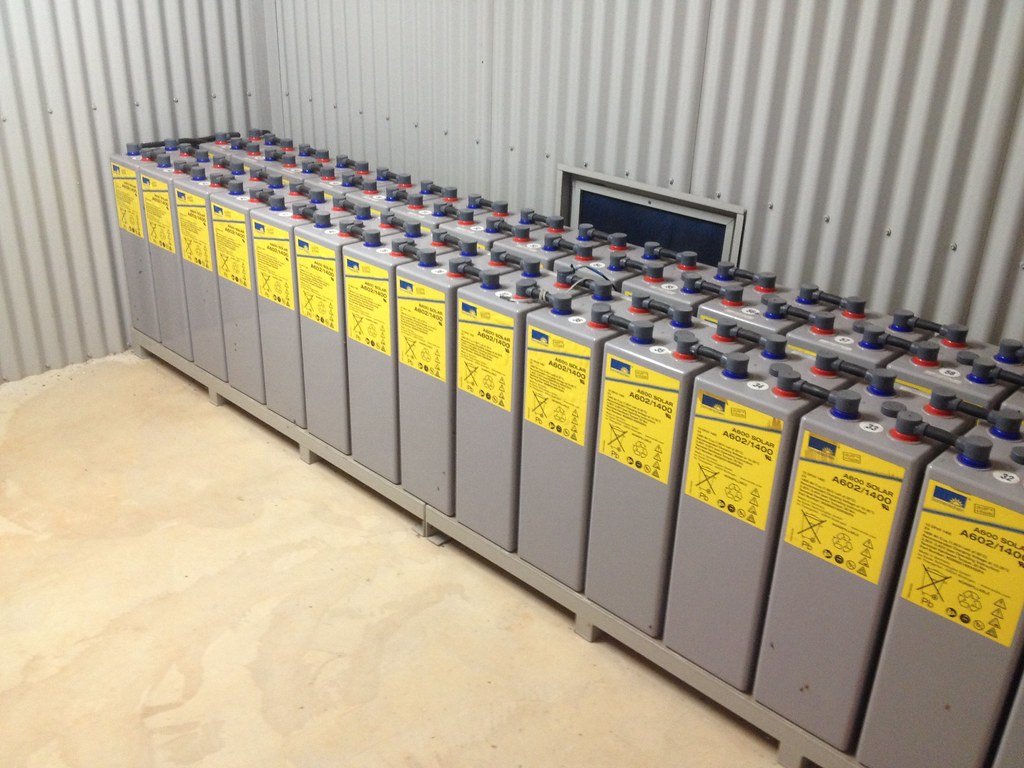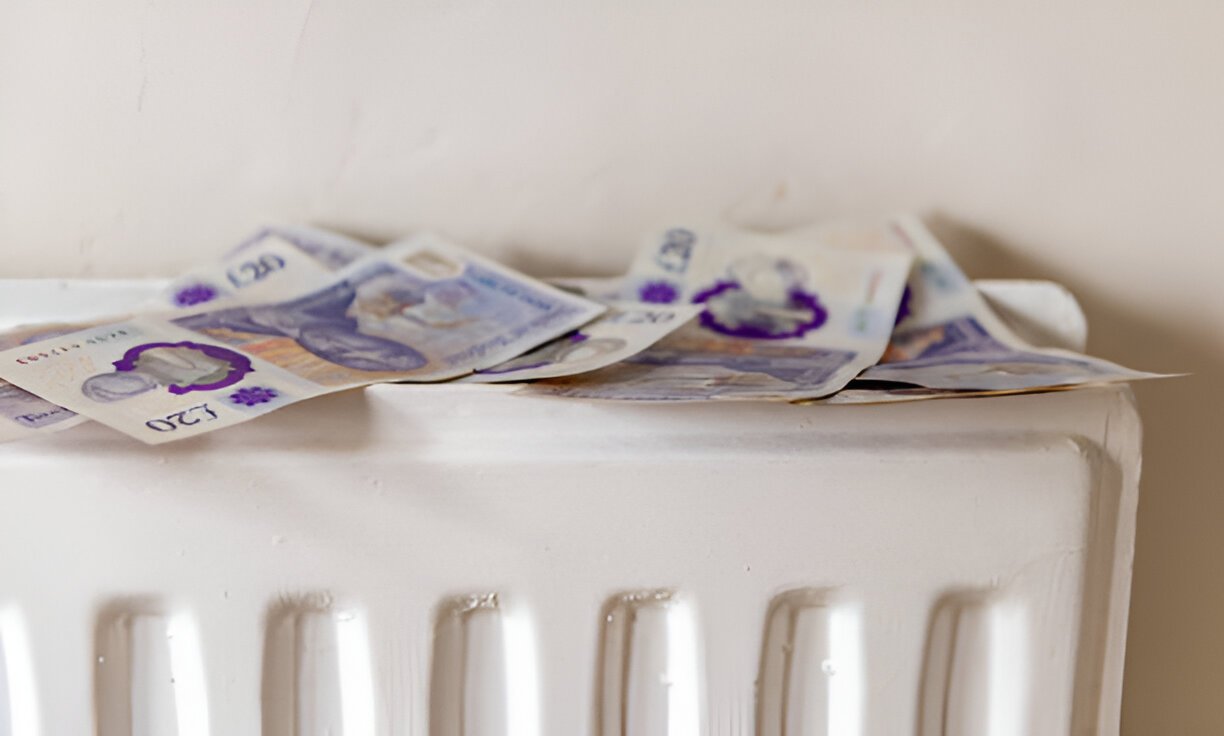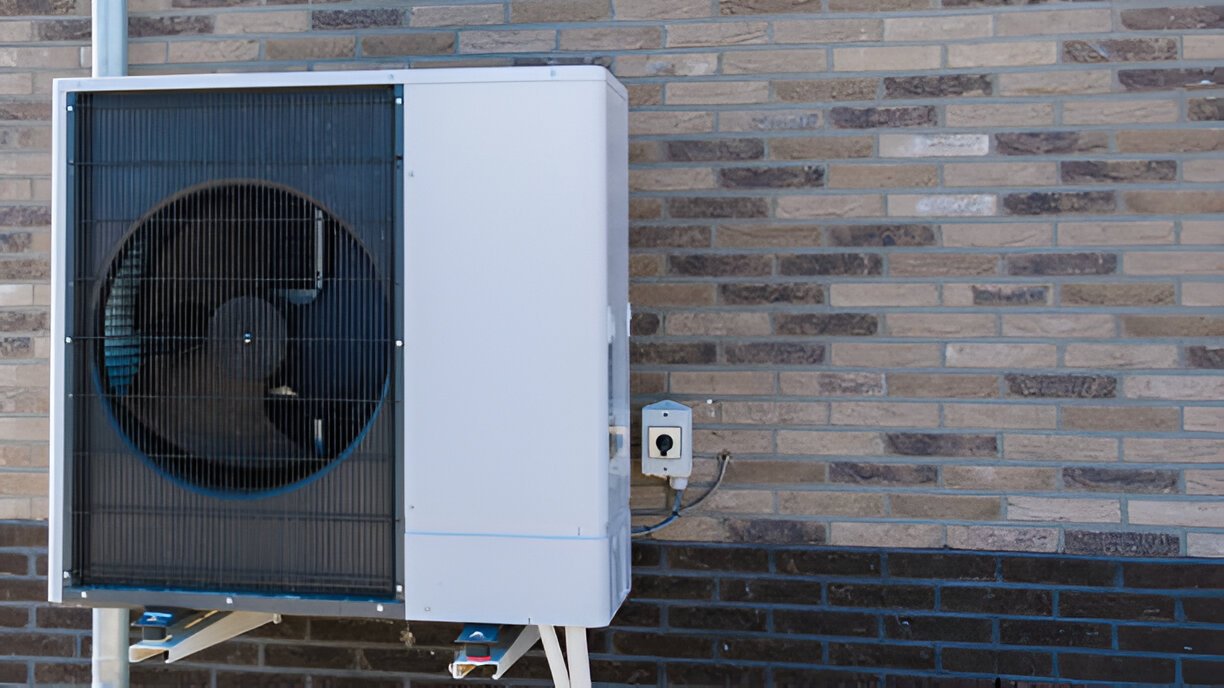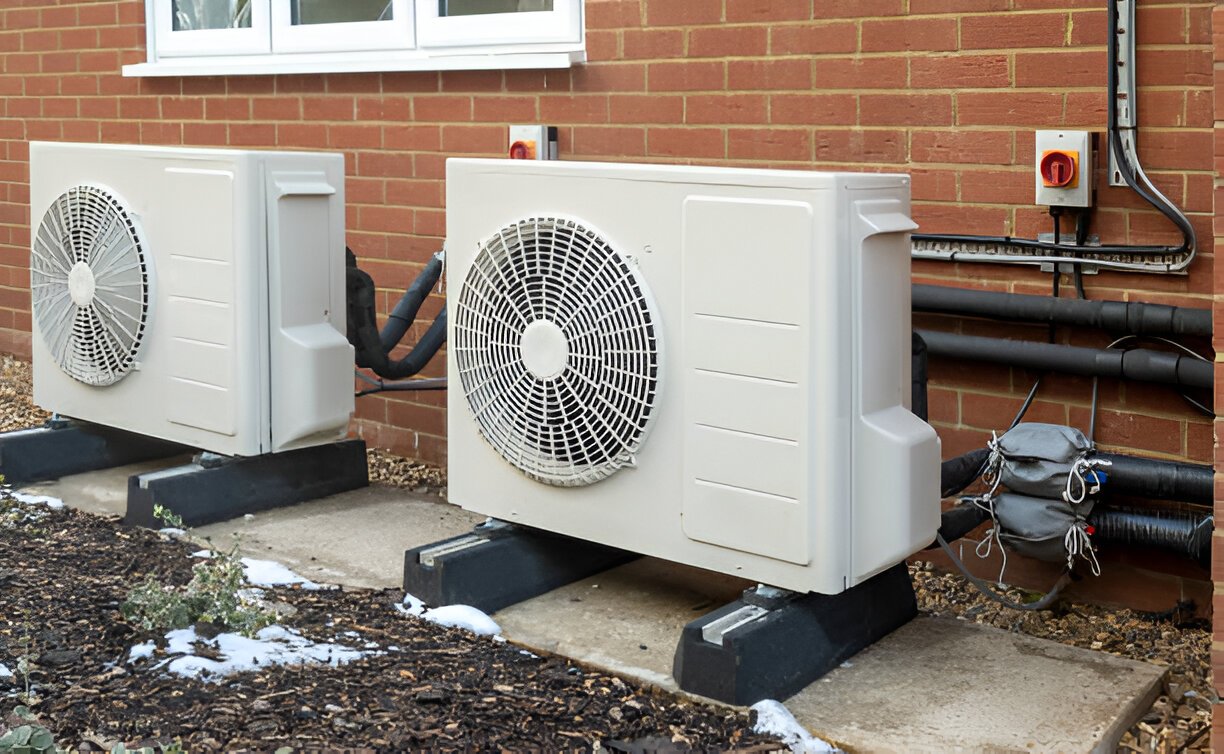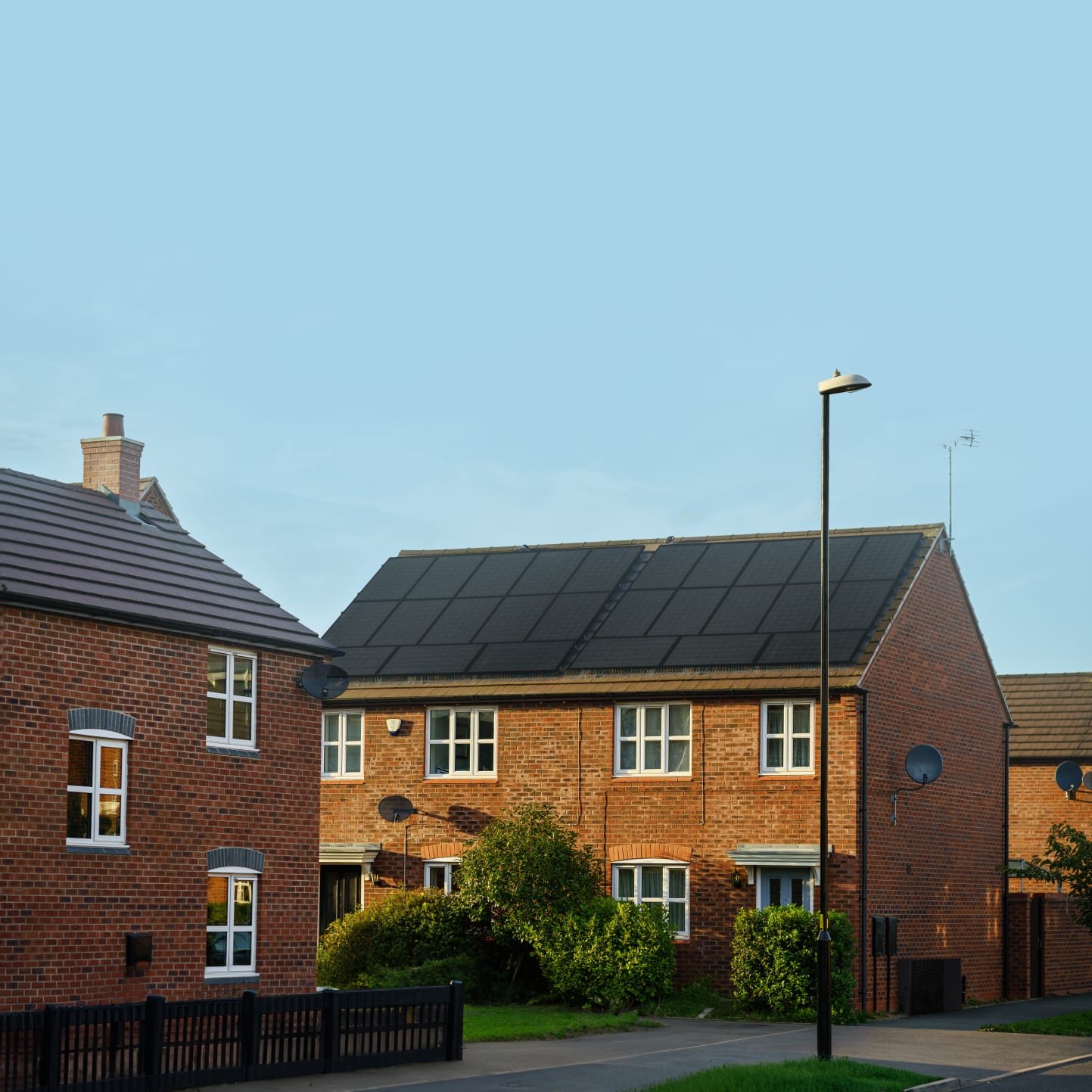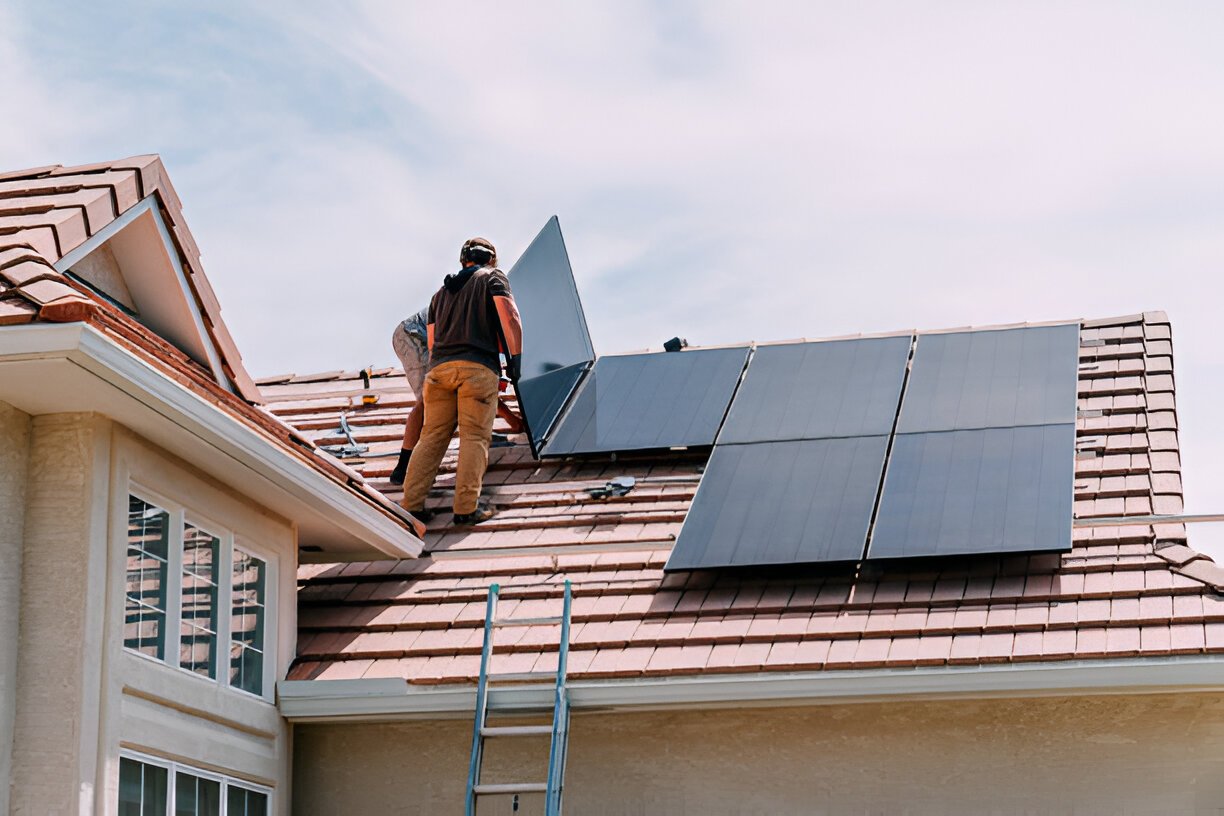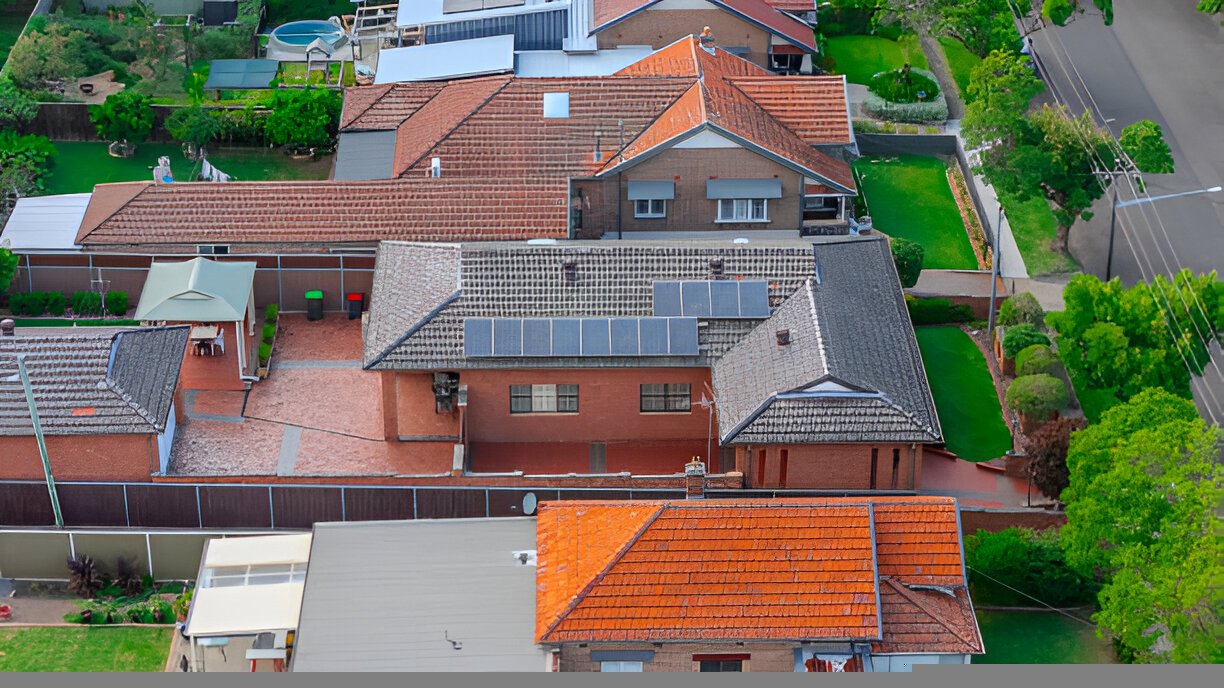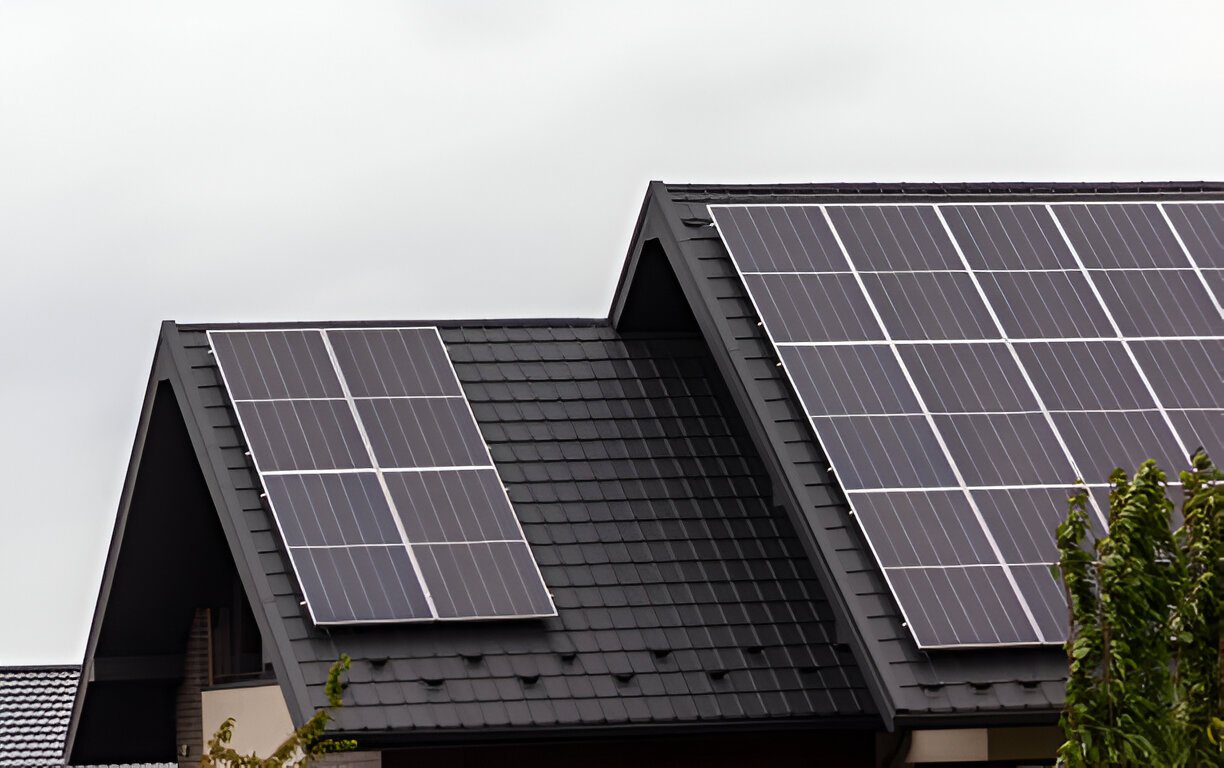If you’ve been eyeing solar panels for a while, one question that might have popped in your head is: How long does it take to install solar panels?
Sure, solar panels can seem massive in size. With their mounting structures, they might even seem like a project that takes a lot of time. However, there is no simple answer to the question. The more massive the solar power project is, the more time it will take. With that in mind, there are some things that can impact the time taken to complete a solar project. These factors include the roof complexity, local regulations, and weather conditions.
In this article, we will explore the key factors that affect solar panel installation time. These factors, once broken down, can help you determine an estimated timeline for the entire process for your own solar project.
Factors Affecting Installation Time
Before we delve into anything else like the step-by-step process to install solar panels, let’s take a look at the variable factors that can influence the duration of a solar panel installation project:
- Roof Size and Complexity: Larger roofs with simple designs typically require less installation time. Complex roof shapes, such as those with multiple angles or obstructions, may increase the complexity and time required for installation.
- Type of Solar System: Roof-mounted systems, which are the most common type, generally have shorter installation times compared to ground-mounted solar panel systems. The reason is that ground-mounted systems involve additional steps, such as preparing the ground and installing a mounting structure.
- Location and Weather Conditions: Adverse weather conditions, such as heavy rain, snow, or extreme heat, can delay solar panel installation as well.
- Permitting and Inspections: Solar panels installed on residential properties do not need permits unless the home is near a highway. However, commercial properties or those near natural parks and preserved areas need to obtain necessary permits and inspections. These can add time to the process, particularly in areas with strict regulations.

The Step-by-Step Process of Installing Solar Panels
Solar panel installation typically has five steps. Here is a brief description of these steps to get you familiarised with the process to understand how long it takes:
Initial Consultation and Site Assessment
In the first step, installers will send their team to conduct an assessment of the site. They will assess the suitability of your roof, determine the optimal system size, and discuss your energy needs. This initial consultation will allow them and you to understand what kind of a system to install and the total cost.
Design and Permits
After the initial inspection, the consultant will develop a detailed plan outlining the cost breakdown of each part of the system. This includes the battery, the inverter, the mounting system, and the number of panels. If the roof needs some tweaking, they will also include this in the proposed plan. Once you give the go-ahead, they will finalise the design of the solar panels and mounting system. Lastly, they will submit the necessary permits to the local authorities for approval.
Installation of Mounting System and Panels
After the permit approvals, the installation team will install the mounting system on your roof and secure the solar panels to the structure. If the roof needs to be worked on before the installation, that will require additional time before the process.
Electrical Wiring and Inverter Setup
After the solar panels are set up, they will be connected to an inverter. The installers will ensure that the wiring is in place and secure to withstand the varying weather conditions.
Final Inspection and System Activation
After the installation is complete, a final inspection will be conducted to ensure compliance with local codes and safety standards. Once approved, the system will be activated and ready to generate renewable energy for your property.
Typical Timeframes for Each Stage of Installation
The time taken for each stage can vary because of the varying complexities. For instance, the final inspection and the system testing can take just a few days while the design and installation process can take quite some time. Here is a general timeline so you know what to expect:
Pre-installation
In the pre-installation phase, the installers conduct the site survey, prepare a design draft, finalise the design, and obtain permits for the project if required. This phase is the longest and can take anywhere between 2-4 weeks. In many cases the client does not want to proceed to the next step before getting consultancies from multiple installers. While this is understandable, it adds to the timeline as well.
This phase could also include reroofing or roof upgradation activities to make sure that it can withstand the weight of the panels.
Installation
The physical setup of the panels including designing the mounting systems to obtain the optimal tilt and then fitting in the panels is the next step. This step can take 1-2 weeks. One common delay that occurs during the panel installation process is supply chain problems.
Since there is a huge demand for solar projects, solar manufacturers, especially the ones in high demand due to high quality are unable to keep up with the demand. So, you might have to wait for the panels, the solar inverter, or the solar battery before you finally get to the installation day.
Post-installation
This phase is the shortest since it only involves inspection and system testing. The client is asked to keep track of the performance of the system and report back. Usually during this time, the clients are learning about the system and they might call the installers often to understand any issues or problems they might see. This part of the process takes around a week to a maximum of two weeks.
Common Delays and How to Avoid Them
Although the average timeline for installing solar panels is 6-7 weeks from initial consultation to the final checks, there can be delays too. Here are some of the common delays that occur during the process:
- Weather-Related Delays: Adverse weather conditions can significantly impact the installation schedule. To minimize delays, it’s best to schedule installation during favorable weather periods.
- Permit Approval Issues: Delays in obtaining permits can significantly impact the overall timeline. Working with an experienced installer who is familiar with local regulations can help streamline the permitting process.
- Supply Chain or Material Shortages: Occasionally, supply chain issues or material shortages can cause delays. Choosing a reputable installer with reliable suppliers can help mitigate these risks.
To avoid delays, it’s essential to plan and coordinate with your installer. Clear communication and timely decision-making can help keep the project on track. Professional installers like Samso Solar understand exactly how to navigate through be process, be it residential solar, commercial solar, or mobile home park installations.
How to Speed Up the Process
If you have finalised your decision to invest in a solar project and are eager to finish it up or have deadlines to meet, here are some tips you can follow:
- Choose an Experienced Installer: A seasoned installer with a proven track record can streamline the process and minimize delays. Those with local knowledge also have experience with design (optimal tilt and roofing). So, they can quickly proceed through the longest first phase of the process.
- Prepare the Site in Advance: Before the project, it is important to clear any obstructions on your roof or ground-mount location. This can expedite the installation process. If you have to get roofing work done, do it before you start a consultation with the solar installers so the design process doesn’t have to go back and forth.
- Streamline Permits and Paperwork: Work closely with your installer to ensure all necessary planning permissions and solar permits are submitted promptly and accurately.
Conclusion
The installation timeline consists of three phases: pre-installation, installation, and post-installation. Although there is a 6-7 week average time duration for system installation, it is important to note that some factors can cause delays. At times, a surge in demand might cause supply problems, delaying your project. On other days, the weather might be a hindrance.
But for those homeowners who are considering solar installations to generate solar energy make sure that you work with a professional installer with a proven track record. This way you can make sure that your project is completed professionally, and on time.

